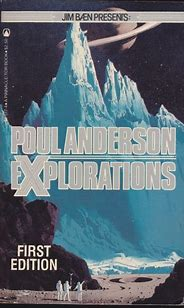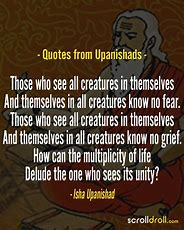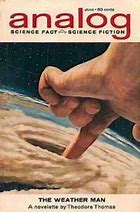Poul Anderson's Dominic Flandry series, part of his Technic History, subdivides into "Young...," "Captain..." and "Admiral..." The culmination of the Captain Flandry sub-series is the novel,
A Knight Of Ghosts And Shadows, in which Chunderban Desai speaks to Flandry of growth, wrong decisions, breakdown, wars, Imperial Pax and its dissolution, reconstitution and disintegration, leading to a dark age:
"'Technic civilization started on that road when the Polesotechnic League changed from a mutual-aid organization of free entrepreneurs to a set of cartels. Today we far along the way.'"
-Poul Anderson, A Knight Of Ghosts And Shadows IN Anderson, Sir Dominic Flandry: The Last Knight Of Terra (Riverdale, NY, March 2012), pp. 339-606 AT III, pp. 388-389)
That phrase, "...far along the way...," encapsulates the whole "end of the age" feel of the Flandry series. Desai refers to the events of Mirkheim and thus links this Captain Flandry series culmination back to the Polesotechnic League series culmination, binding the Technic History across time. There are other League-Empire links but not at this time of night, folks.
Meanwhile, while we reread The Byworlder, Yvonne asks Skip to tell her about his idea at the very end of Chapter VIII and, in Chapter IX, they have started to work on that idea without as yet having told us what it is although their artistic discussion is a clue.
The TV News has just come on, about Gaza. Good night.













































